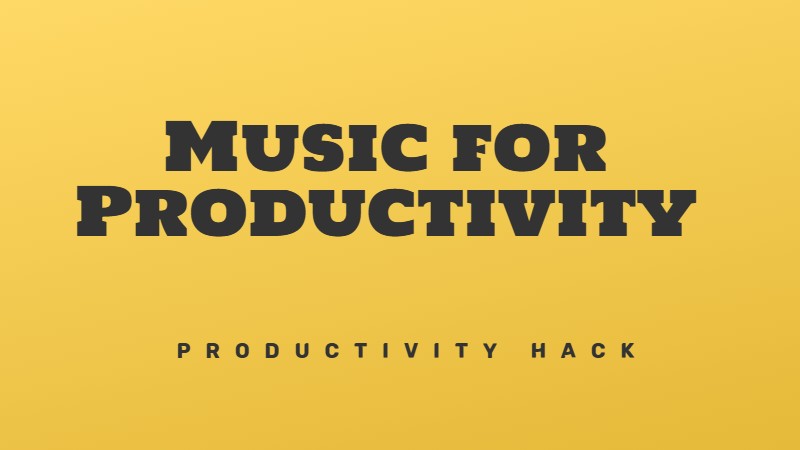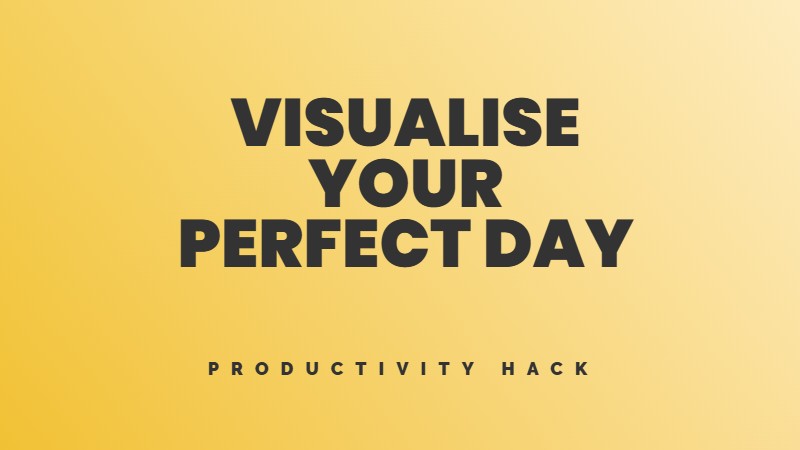I used to view thinking as a passive activity happening in the background while I was busy doing “real” work. I’d sit at my desk, convinced that more effort would lead to better ideas. But my best insights always came when I stepped away from my desk. In the shower, walking or reading something unrelated to my work.
It wasn’t just about taking breaks but giving myself the space and solitude to let my mind wander freely. True breakthroughs require more than just discipline and effort. They demand periods of isolated reflection where the mind can play, explore, and find new connections.
The power of solitude
It’s easy to get lost while juggling work projects, family commitments, putting out fires and racing from one task to the next. Life is a whirlwind, and your big-picture vision quickly gets lost in the daily grind.
While most executives pride themselves on constant availability, Bill Gates took a different approach. Twice a year, he would retreat to his cabin in the forest for a week in isolation to fuel innovation.
In this stillness, Gates found clarity. Disconnecting from daily demands, he could finally think deeply without distraction. By periodically stepping back, he proved how valuable it is to unplug and carve out space for uninterrupted focus.
The Think Day
While few of us can do a high-tech hermitage for a week twice a year, we can all find pockets of solitude.
Inspired by Bill Gates, “Think Day” is a more practical monthly version of the “Think Week” any of us can use. For a day or a few hours each month, you withdraw from day-to-day demands to zoom out, reflect and unleash your imagination. No fancy tools are needed. Just bring a notebook, pen and an open mind.
Benefits of a Think Day
How to do a Think Day
The goal of a Think Day isn’t to come away with a bold master plan or a to-do list a mile long. It’s about creating the conditions for those unexpected “Aha!” moments and insights to emerge organically. It’s about allowing yourself to slow down, get curious, and see where your mind takes you.
Thought-provoking questions and exercises for a Think Day
Block a day or a few hours on your calendar each month, grab a notebook and find an isolated space. Shut off devices, open your mind, and ponder questions like:
Reflection
Visioning
- Describe your ideal day in detail, from morning to night. What activities, people and environments are present?
- Write a “good news” article about yourself achieving a major goal. Describe how it happened and how it feels.
- Imagine your 100th birthday celebration. What would you want your life story to be? What legacy would you like to leave?
- What adventure would you set about if time and money were no object?
Creativity
Action
- Make a “stop doing” list of activities, commitments or thought patterns that drain your energy.
- Identify three people who can help you with current challenges. Reach out to request advice or support.
- Block out non-negotiable time on your calendar for key priorities or deep work.
The key is to balance introspection with forward momentum. Alternate between open-ended exploration and focused planning. Step back to gain perspective, then zoom in to commit to the next steps. Capture insights to revisit and build upon after retreating. With preparation and presence, a day of solitary thinking can provide profound clarity and catalyze meaningful change.
Bottom line
Bill Gates’ forest retreats teach us an important lesson. The most valuable insights often emerge in solitude. When we step back from our desktops and disconnect, the mind can roam free, spotting patterns and making insights that are impossible amid the din of daily demands.
Steal a page from Bill Gates’ playbook. Block out pockets of deep thinking time, untethered from emails, meetings and notifications. Find your own version of that cabin retreat, whether it’s a quiet room, a park bench, or a long walk. Let your mind wander in solitude and see what emerges.
Dare to disconnect, and you might just stumble onto your next breakthrough.




Leave feedback about this